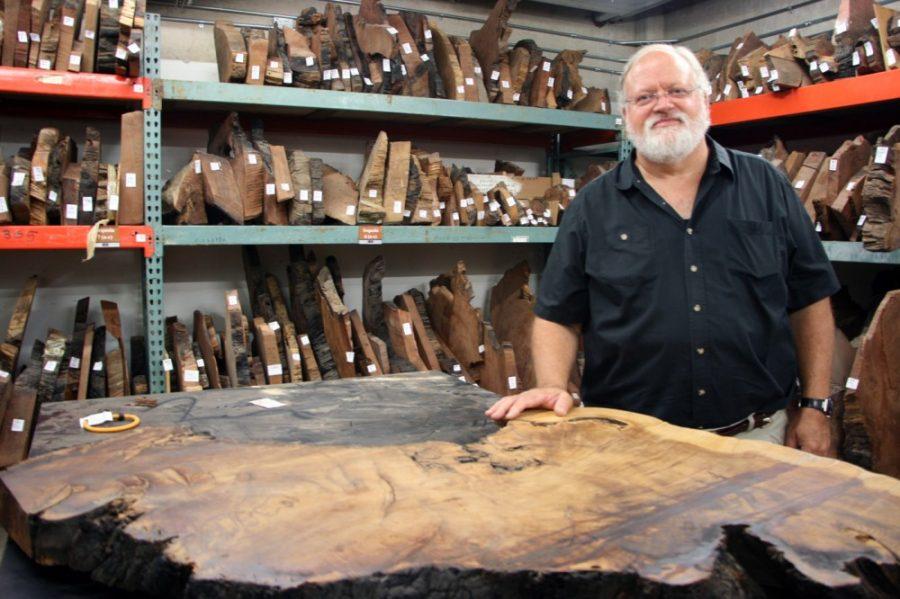When Kara Reed, a faculty lecturer for the English Department, saw a news headline about fires in the Yosemite area, her instinct was to take to the Internet and research more about the fire.
Reed’s parents live west of Yosemite National Park in California, where nearby residents were experiencing advisory evacuations, being advised to pack their belongings and be ready to evacuate at moment’s notice.
”I saw that it was still pretty far away from where they were,” Reed said, “so I was like, ‘OK; it’s not really a concern, but it is growing.”
Reed said her parents also didn’t express concern about the fire initially. But when they visited Reed in Arizona, they were taking precautionary measures to save some of their valuables.
“They actually came to visit last weekend,” Reed said. “Brought all their important documents with them in case the fire advanced too far while they were here.”
As of Tuesday, what’s being called the “Rim Fire” in Yosemite National Park was 80 percent contained, according to InciWeb, an Incident Information System website.
Some UA professors’ work is focused on the cause of fires and how the public can stay informed about fire hazards, including Thomas Swetnam, Regents’ professor of dendrochronology and director of the UA Laboratory of Tree-Ring Research.
Animals kept wildfires from occurring for a while because they ate the grass, according to Swetnam, who researches Sequoia trees in Yosemite. But 100 years without fires results in an accumulation of fuels, thus increasing the risk of fires, Swetnam explained.
Fuels that can contribute to wildfires include grasses and dead tree parts, said Gregg Garfin, an assistant professor at the UA School of Natural Resources and the Environment. People can also contribute to the spread of wildfires, he said.
“If a house catches fire, you’ve got highly flammable materials,” Garfin said. “You might have a propane tank, and there’s just a chance that structures can explode and send embers far out from what they call the flaming front of the fire.”
Climate change is where less snow is on the ground, which melts earlier, causing a period of dryness that can also lead to forest fires, Garfin said.
”Having a drought is going to do a number of things,” Garfin said. “You’re going to have dryness that’s going to dry out the fuels, the grasses, the tree limbs — all that stuff. If you have a hot drought, then the stuff that’s living is going to be under stress. It’s literally going to be more flammable.”
On average, California has dry summers with less precipitation, so fires can happen faster, Garfin said.
Hot, dry and windy conditions will also cause fires to really gain a blaze, which makes Arizona more susceptible to fires, according to Don Falk, an associate professor at the UA School of Natural Resources and the Environment.
To stay aware of potential fire hazards, Arizonans can follow announcements about the fire season, Garfin said. Programs like Firewise and FireScape can also provide people with information about prescribed fires and how to prevent wildfires from spreading to their homes, he added.
But forest fires like the one currently blazing in Yosemite are not limited to California.
“With a dry winter, you’re almost setting up any mountain range in the West for problems,” he said.








